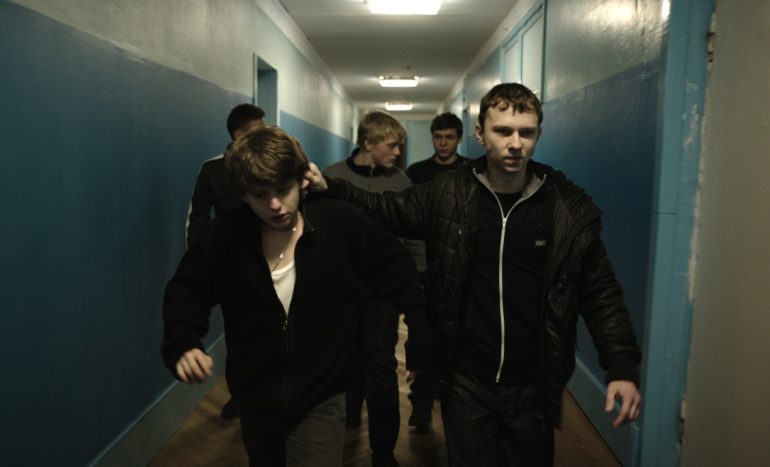When Michael Hazanavicius’ film The Artist was released in cinemas in 2011 few would have foreseen thesuccess it would become. A beautiful tribute to the silent era of cinema, it built up momentum that took it all the way to the best picture award at the Oscars and $133m at the box office worldwide. And while it was a sweet film, it was an unusual one to be that successful as, generally speaking, modern audiences were so used to the era of sound (explosions being the biggest one) and not having to read intertitles (or knowing what they are). This is a roundabout way of saying how audiences have been built up to see and hear film a certain way. The silent era, with a few exceptions, has been confined to film obsessives with general audiences for the most being unaware as to the precise skills needed to tell a story visually. Hollywood product is made for easy consumption with characters, script and music cues there to prepare an audience for what is about to happen and how to feel about it. It is safe to say that Ukrainian filmmaker Myroslav Slaboshpytskiy is not too worried by box office returns with The Tribe.”
The Tribe begins with what will become a familiar scene: a long static scene shot at a distance where we see the arrival of a young man at a bus stop. He finds his way to a dilapidated school for the deaf where, for the most part, the hierarchical structure amongst students has been allowed to fester, presumably due to indifference and lack of finances. This is a crime syndicate in miniature form with rackets that have seemingly grown out of a school tradition of selling knick-knacks to raise money. We also have a prostitution racket going on with girls being pimped out at grimy truck stops. The only sounds in the film are from punches thrown and squeals of pain. The young man Sergey (a terrific Grigoriy Fesenko) falls in to this brutal world. It seems inevitable that he would fall for one of the prostitutes and it turns out to be so. This may end badly.
The Tribe is quite extraordinary, both as a formal experiment and a disturbing and grim drama. It is bold and challenging, withholding any subtitles or music cues. It places demands on the viewer to keep up. And it is a challenge, but one that weirdly gets a little easier as the film goes on. Much like watching a film with subtitles there comes a point when you sync with the film and you do not notice them anymore. Here the film is shot in long takes and whilst some nuance may well be missed, the story is a relatively familiar one and is straight forward enough to follow in a broad sense. Here is the thing, though: despite that familiarity the film does not hold back in the manner of the telling: grim, very brutal and occasionally explicit (although a re-watch is needed, as there are scenes that seem more explicit than they actually are).
There has been a suggestion that the lack of subtitles is a gimmick and nothing else: a way of making a straightforward film seem arty and more important. This is not the case as the inability to hear and speak is woven tightly throughout the narrative. Be it looking the wrong way, or the silence that comes with not breaking the criminal code, the lack of this sense feels natural to the film as a whole and, crucially, a key to surviving in this world. We see the film from the characters’ perspectives. We see what they see, or not as the case maybe be. The cast of mostly non-professionals are excellent with the ensemble working hard to bring a Lord of the Flies sense of abandonment to the school and their lives within the institution. The finale is extraordinary, with the kind of punch to the gut that the best kind of confrontational cinema can bring. Ultimately, for this reviewer, The Tribe succeeds mostly as a stunning riposte to exposition. Dialogue-heavy films that tell all when they should be showing all pale into insignificance when compared to this. This feels like pure cinema. Economic in the extreme with a fascinating story that you are given the barest tools to decipher, this feels like a refreshing elixir to jaded audiences. Myroslav Slaboshpytskiy is a director to watch. He ensures that rewards are there for those who venture. See it and be wowed.
Read Scannain‘s interview with director Myroslav Slaboshpytskiy here.

